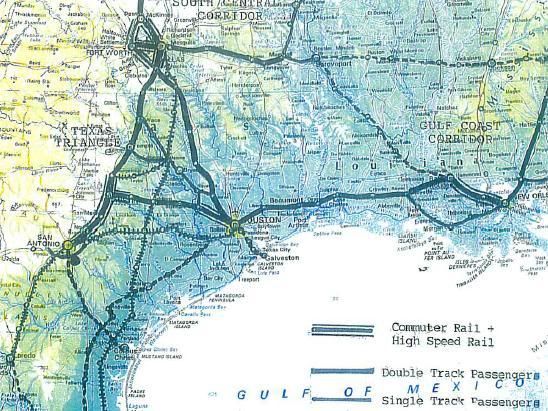Somewhat flying under the radar even in Blogtopia (yes, Skippy invented that) and here in the People’s Republic of Left Blogistan is the big blowout at the Royal Dutch Shell Gannet Alpha Platform (one of 7 pumping oil from the Gannet Field which drills into the Eocene, Palaeocene and Jurassic period).
The story chronologically goes something like this-
Shell has been having cronic problems with breakdowns with its Brent (another oil field in the North Sea and namesake of the ‘Brent Crude’ financial benchmark) platforms that shut down all 4 of them after the discovery of severe maintenance problems including extensive gas leaks at the Brent Delta platform and actual factual chunks of the platform falling off into the Sea at Brent Bravo.
Indeed, on their very own official site an anonymous (though available for interview) expert says-
Experts damning comment on Shell North Sea Oil Spill
by John Donovan
Aug 13th, 2011
Comment from a Shell North Sea Platform Safety & Maintenance Expert on the current oil spill near the Gannet Alpha Platform
…another example of reactive maintenance regime, i.e. allowing, through neglect, equipment to fail and then reacting to the failure rather than, as the Safety Case for Gannet prescribes, preventing failure in the first instance by application of appropriate maintenance, inspection and monitoring. (Expert in question may be available to the media for comment)
RELATED ARTICLES
What happened at Gannet Alpha was a leaky flow pipe which goes from the wellhead to the platform. The problem is “under control” at the moment, they have shut off the well head and are undertaking repairs on thttps://thestarshollowgazette.com/he flow pipe.
Even though it it is dwarfed by the continuing disaster that is the BP Deepwater Horizon Spill which dumped about 5 Million Barrels into the Gulf of Mexico, Gannet Alpha has released over 1,300 Barrels making it the largest in the North Sea for a decade.
And 1,300 is the conservative estimate.
Additionally Shell is under fire for not promptly reporting the accident which was reported last Wednesday.
Now if you are inclined to believe Shell’s protestations that this was a relatively minor incident and even Aberdeen which is far, far away will not suffer much damage because the spill will break up naturally, let me remind you this is the very same company that recently received a conditional go ahead from the Obama Administration to drill three exploratory wells in the Beaufort Sea “even though the Interior Department has not yet approved the company’s plan for responding to a catastrophic oil spill.”
The editorial published by the Los Angeles Times August 10th, 2011 and distributed by McClatchy-Tribune News Services continues on to say–
Shell’s response plan contends that it can clean up 95 percent of spilled oil, an unprecedented percentage even in much less hostile environments. But the skimmers and booms that are usually employed to clean up spills don’t work effectively in waters with large amounts of floating ice. Nor is there any guarantee that Shell would be able to get disaster equipment to the wells. Canada’s National Energy Board recently reported that on one day out of five, conditions in the Arctic, including the Beaufort Sea, are too harsh to send out spill-response teams. Meanwhile, the nearest Coast Guard station is 1,000 miles away, and the agency told the Senate Committee on Commerce, Science and Transportation that it cannot be counted on to respond to spills off the North Slope.
Shell’s proposal must clear other hurdles before any drilling can take place. For example, the company must show other federal agencies that its activities would not harm polar bears or marine life. But the application shouldn’t have reached this point without a response plan that is realistic about the environmental dangers of seeking an energy future in the Arctic seas.


 I am totally bored with the news today. Like
I am totally bored with the news today. Like  Back in the 90’s, Texas tried to get an Express HSR system off the ground (that is, a bullet train system somewhere in the 125mph to 220mph range) with the “Texas Triangle” project.
Back in the 90’s, Texas tried to get an Express HSR system off the ground (that is, a bullet train system somewhere in the 125mph to 220mph range) with the “Texas Triangle” project.
Recent Comments